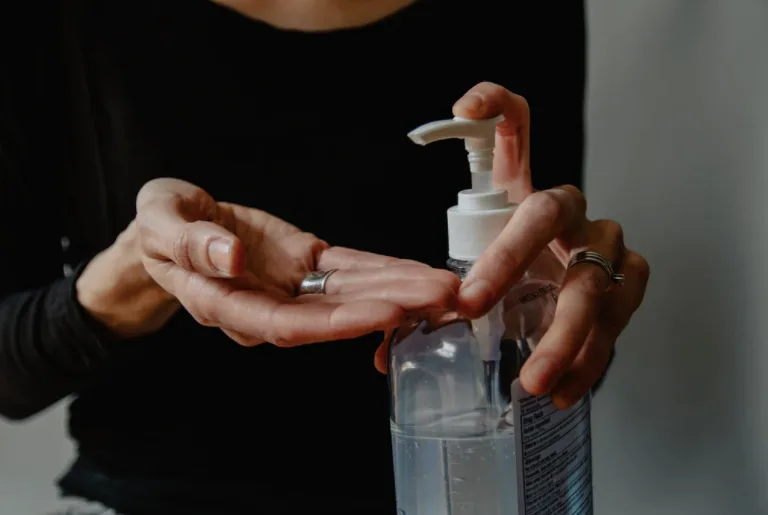
These are the riskiest surfaces for coronavirus, researchers say
The study found that COVID-19 lives on some surfaces much longer than others
The increasing rate of COVID-19 cases that are being tracked down to community transmission in Canada has many worrying about contracting the virus during our regular routines, such as getting gas or going to the grocery store.
COVID-19 spreads when a person comes into contact with droplets that were released by an infected individual, either when they were sneezing, coughing, or speaking. A person can also contract the virus if they touch a contaminated object or surface and then touch their eyes, mouth or nose, but interestingly, the length of time that the virus lasts on a surface depends on what material it is.
Go HERE for our complete coverage of the COVID-19 pandemic
A study conducted by the U.S. National Institute of Allergy and Infectious Diseases found that some materials are much riskier than others. The researchers found that COVID-19 can last up to 72 hours on plastic or stainless steel, 24 hours on cardboard, and four hours on copper.
This means that the riskiest surfaces include: cellphones, computer mice, toilet handles, latex gloves and sponges, and metal doorknobs and faucets that do not contain copper. Microbes are quickly destroyed by copper and materials that contain copper because of the copper ions, which electrically charged particles that disrupt the outer layers of viruses and bacteria and ruin the genetic material that they use to replicate.
See below for advice that the Government of Canada has provided to help minimize the spread of COVID-19:
Encourage the use of individual actions as frequent hand washing or sanitizing, respiratory etiquette and self-isolation when ill.
Hand washing should be performed frequently with soap and water for at least 15-20 seconds.
If soap and water are not available, hands can be cleaned with an alcohol-based hand sanitizer that contains at least 60 per cent alcohol by covering the entire surface area of the hands.
Increase the frequency of cleaning surfaces that are touched often, such as phones, bedside tables, light switches, door handles, elevator buttons, computers, desks, tables, kitchens, and washrooms.
Touching one's eyes, nose, and mouth with unwashed hands should be avoided.
